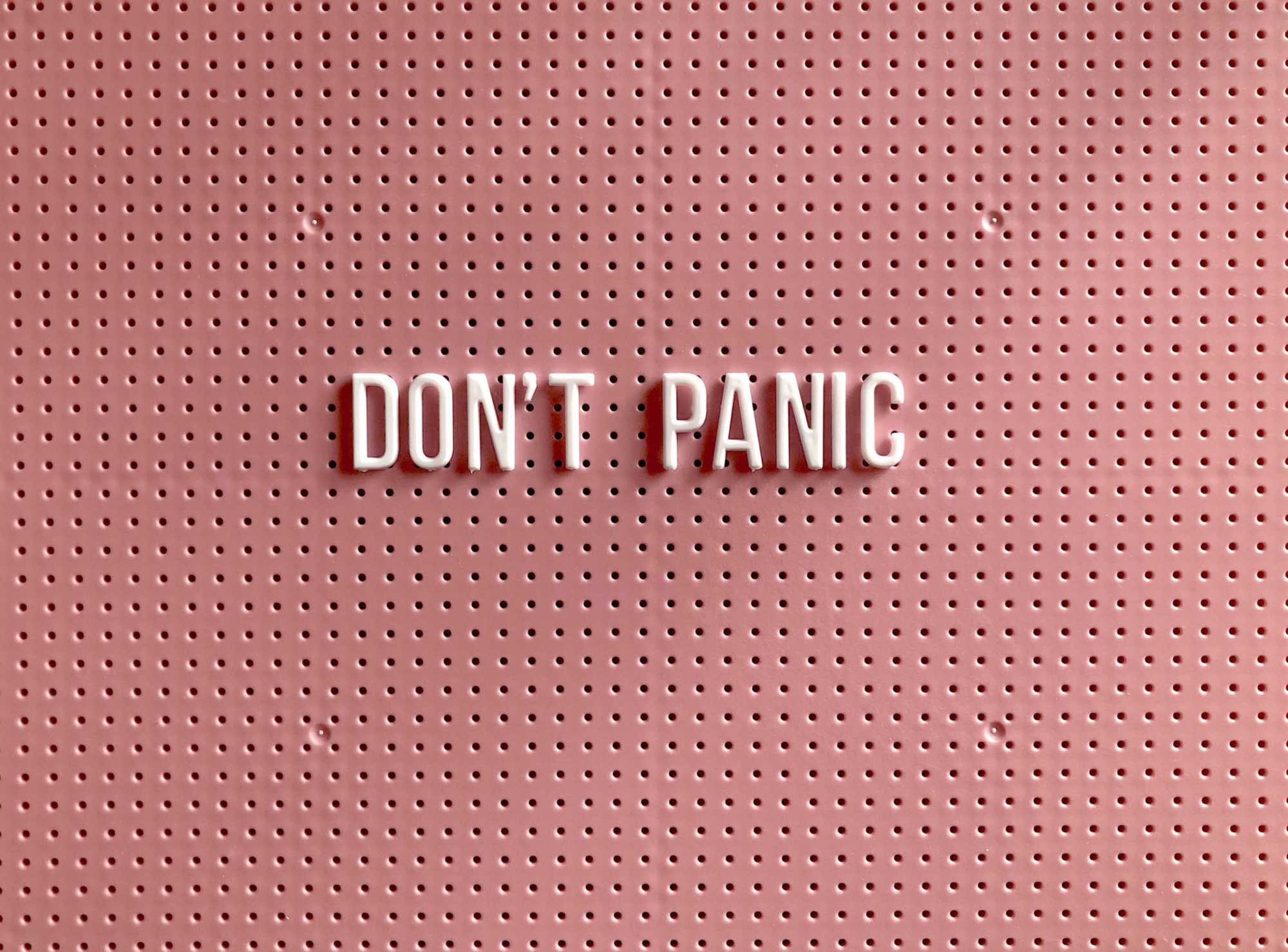“COVID-19 is the sort of international health threat that creates a climate ripe for misinformation, rumors, and panic.” — National Academy of Sciences President Marcia McNutt, February 28, 2020
On March 11, the World Health Organization (WHO) officially declared COVID-19 a global pandemic. Governments around the world have scrambled to attempt to limit the movement of people in order to prevent the spread of the disease. The unfolding crisis, however, has also highlighted the daunting challenge of attempting to halt the spread of misinformation (erroneous information) and disinformation (deliberately false information) about the virus. Five weeks prior to declaring the disease a pandemic, the WHO alerted governments and publics of the dangerous and increasingly prolific spread of “myths and rumors” about COVID-19. Speaking at the Munich Security Conference on February 15, WHO Director-General Tedros Adhanom aptly described the challenge facing the international organization and governments around the world: “[W]e’re not just fighting an epidemic; we’re fighting an infodemic. Fake news spreads faster and more easily than this virus, and is just as dangerous.”
The challenge is not just limited to countering COVID “cure” scams, profiteers attempting to corner the market on disinfectant wipes, and Facebook posts shared by well-meaning relatives about how you can use Tito’s vodka as a home remedy substitute for hand sanitizer (it’s not and please don’t: though Tito’s Handmade Vodka and other craft distilleries are working to fill the need). The Russian government, which has already sought to sow chaos and confusion on public health matters in an effort to divide and weaken America, is likely encouraging Russian media to fabricate news and rumors about COVID-19. And given past practices, moving forward Moscow may also seek to manipulate online information and social media discourse on the pandemic as part of its ongoing disinformation campaign against the United States.
Russia’s state-owned Channel One has already aired a number of conspiracy theories attempting to link the United States to the creation of the novel coronavirus which causes COVID-19.
Importantly, the Kremlin views this continuing campaign as a counter-offensive, having convinced itself the United States and its Western allies seek to leverage a dominant position in the present information environment to launch attacks against Russian political, social, and cultural institutions. This flawed assessment led the Russian government to turn to an influence operations playbook first developed during the Soviet era, updating it with new, effective tools to include “news” platforms controlled by the state and social media bots and trolls run by its intelligence services with the goal of sowing discord and confusion within and between its perceived enemies. Two of the key objectives of this campaign are: 1) to propagate a narrative that the US government is reckless, destabilizing, unreliable, and untrustworthy on all matters of domestic and foreign policy (this is in contrast, of course, to the Russian government, which has the “rightful role … as a leading centre of the modern world, and a provider of the values of sustainable development, security and stability”) and 2) to exploit and amplify preexisting divisions in our society, which ultimately makes for a discordant and weakened United States.
The Kremlin has already used these methods on many fronts, including to stoke fears about scientific and medical issues. Russian government officials and media outlets, for example, have deliberately spread hoaxes that the first BSL-3 laboratory in the Caucuses — the Richard Lugar Public Health Research Center in Tbilisi, Georgia — is actually involved in the covert development of bioweapons. The Research Center was constructed in 2013 with US Nunn-Lugar Cooperative Threat Reduction program funds in order to help Georgia identify and address threats such as diseases transferred from animals to humans. An international assessment of the lab conducted in November 2018 at the invitation of the Georgian government — in which Moscow refused to participate — found these accusations utterly baseless. This skullduggery represents an attempt to paint the United States as a bioweapons bogeyman, drive a wedge between the United States and its Georgian partner, cause other allies and partners to reject US foreign aid, and perpetuate conspiracy theories that permeate public discourse and remain easy to find (or stumble across) on the Internet.
Russia has also sought to target the anti-vaccination debate in the US, with a 2018 National Institutes for Health-funded study by George Washington University finding that Russian “content polluters” posted large volumes of material on Twitter in an attempt to normalize a dangerous debate, throw into question basic science, and encourage societal division. The study also found Russian trolls deliberately added fuel to the fire in online battles between anti-vaxxers and supporters of vaccines, using fake social media accounts to goad both sides. The Russian government and intelligence services clearly view the anti-vaxxer/pro-vaccination debate as one of the fissures within American society that it can exploit. It does so as part of its ongoing efforts to promote chaos within the US body politic and undermine public faith in US institutions, even if doing so increases the chance of American children getting sick or dying from preventable diseases (as parents of two young vaccinated children each, we are among those yelling, “believe science!”). In targeting this public health debate, the Russian trolls and bots are attempting to insidiously weaken the United States in order to diminish the US government’s ability to counter the Kremlin.
Given these past practices, it is unsurprising that Russian state media and outlets with connections to Russian government are similarly exploiting the COVID-19 pandemic. As reported by BBC News and Foreign Policy, Russia’s state-owned Channel One has already aired a number of conspiracy theories attempting to link the United States to the creation of the novel coronavirus which causes COVID-19. (Note: These and other theories positing nefarious humans fabricating the virus are based on fever-dream conjectures. The disease originated in animals, to include possibly — as in the now-even-more-terrifying Steven Soderbergh 2011 film, “Contagion” — in bats.)
As with its earlier efforts, the COVID-19 disinformation campaign by Russian state-sponsored (and state-adjacent) media, trolls, and other related actors could play out over a considerable length of time and take numerous forms. These could include amplifying conspiracy theories and hoaxes, pumping up narrative threads that seek to make Moscow’s pandemic response look good in contrast to foreign governments, and manipulating already heated online discussions and content to cause havoc in the United States and other democracies, all as part of a long-term strategy to sap the morale and strength of its opponents.
Unfortunately, the Kremlin believes that threatening US (and indeed, international) public health is fair game within what it sees as a zero-sum competition between Moscow and Washington. As a result, effectively combatting today’s and tomorrow’s infodemics is critical to protecting both US public health and national security. Having witnessed Russian “firehose of falsehood” disinformation campaigns against our politics, our societal divisions, and our health, we should expect the Russian government to interfere in our society — and should act as a nation to counter this intrusion. A broader public awareness of the Kremlin’s disinformation campaign objectives and methods would help inform and empower the average American to be able to identify and resist this malign threat. Just as the American public must read each What’s App message and Facebook clickbait post with a critical eye (particularly during a pandemic), it is incumbent on all of us to realize malicious foreign information campaigns seek to influence discourse on many aspects of American life, to include matters of public health.
Justin Anderson is a Senior Policy Fellow and Sarah Jacobs Gamberini is a Policy Fellow at the National Defense University’s Center for the Study of Weapons of Mass Destruction. The views expressed in this paper are those of the authors and are not an official policy or position of the National Defense University, the Department of Defense or the US Government.





















